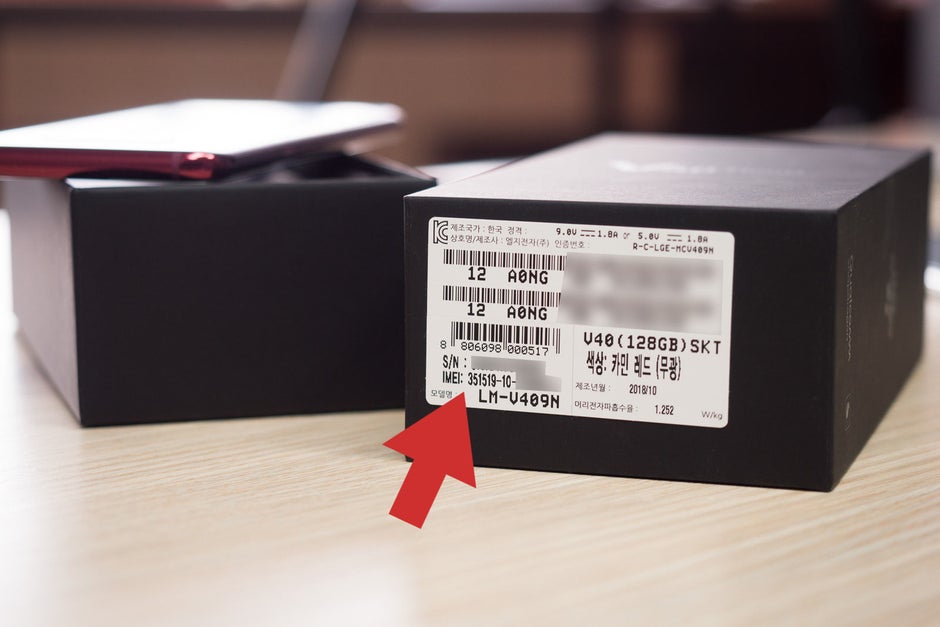In today’s digital age, our smartphones have become an integral part of our daily lives, storing valuable information and serving as a primary means of communication. However, with the rise in smartphone thefts, it has become increasingly important to have tools in place to help recover stolen devices.
One key tool in this fight against theft is the IMEI number. IMEI, which stands for International Mobile Equipment Identity, is a unique 15-digit code assigned to every mobile device.
This number serves as a crucial identifier, allowing authorities and mobile carriers to track and block stolen phones, ultimately helping to deter thieves and protect smartphone users. By understanding the significance of IMEI numbers, individuals can take proactive steps to safeguard their devices and increase the chances of recovering them in the event of theft.
1. Understanding IMEI Numbers: What They Are and How They Work

IMEI numbers are unique identifiers assigned to mobile devices, serving as a crucial tool in tracking stolen or lost phones. Understanding how IMEI numbers work is essential in safeguarding your devices security and ensuring its recovery in case of theft.
IMEI numbers are like fingerprints for phones, providing specific information such as the manufacturer, model, and country of origin. Additionally, IMEI numbers can be used to blacklist stolen phones, effectively rendering them useless to thieves.
By grasping the significance of IMEI numbers and how they operate, you can better protect your valuable device and increase the chances of its safe return if lost or stolen.
2. Using IMEI Numbers to Track and Recover Stolen Phones

IMEI numbers play a crucial role in tracking and recovering stolen phones. By using the unique IMEI number assigned to each device, law enforcement agencies and mobile carriers can accurately pinpoint the location of a stolen phone.
This not only helps in recovering the device but also in catching the thieves involved in the crime. Additionally, IMEI numbers can be used to block stolen phones from accessing cellular networks, making it harder for thieves to sell or use the stolen device.
With the use of IMEI numbers, the chances of retrieving stolen phones are significantly increased, providing a valuable tool for both individuals and authorities in combating phone theft.
3. The Importance of IMEI Numbers in Preventing Phone Theft and Fraud

IMEI numbers play a critical role in combating phone theft and fraud. These unique identifiers help authorities track and recover stolen phones, making it harder for thieves to resell or use the stolen devices.
By registering IMEI numbers with databases, consumers can protect their phones and prevent them from being used for fraudulent activities. In addition, mobile carriers can block phones with reported stolen IMEI numbers, further deterring theft and protecting consumers from potential financial losses.
Overall, understanding the importance of IMEI numbers is essential in safeguarding against phone theft and fraud in today’s digital age.
Conclusion
IMEI numbers are essential in ensuring the safety and security of mobile devices. By keeping track of this unique identifier, individuals can easily locate their lost or stolen phones, enabling law enforcement agencies to recover stolen devices.
Additionally, IMEI check are crucial in verifying the authenticity of a phone before purchasing it, safeguarding consumers from potential scams. In conclusion, understanding the importance of IMEI numbers and utilizing them effectively can greatly contribute to the protection of personal devices and data.


